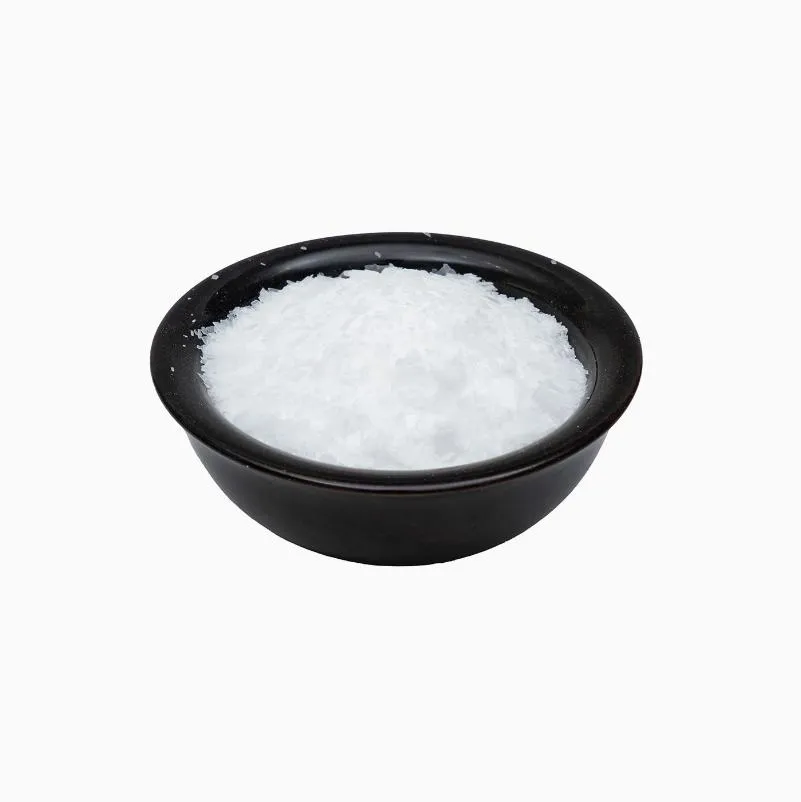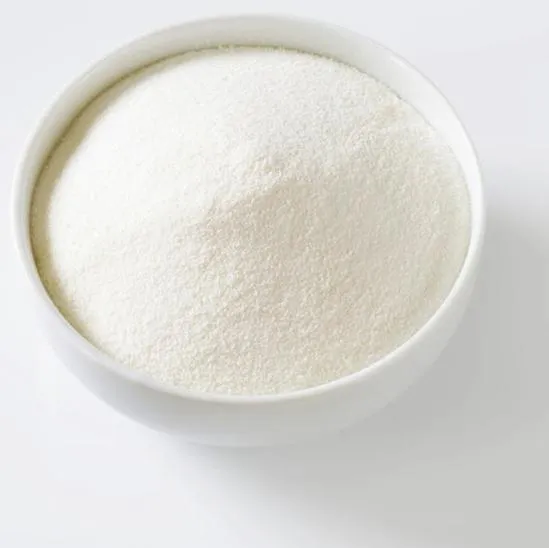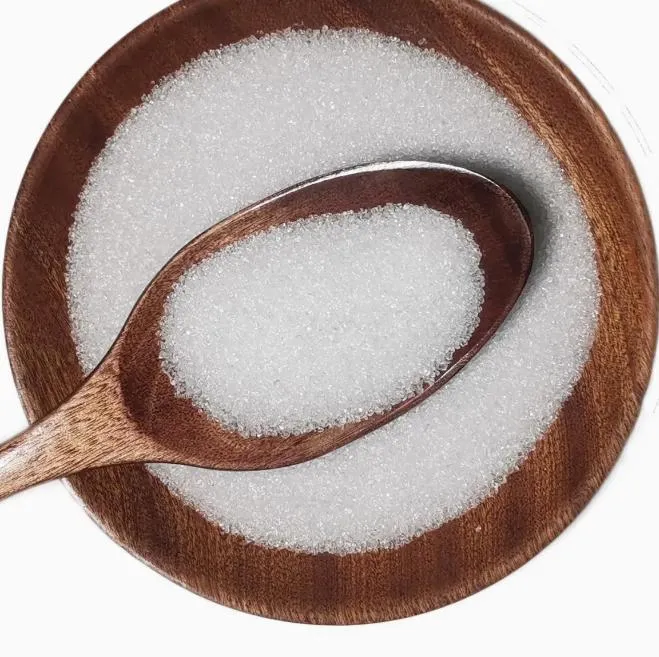Warning: Undefined array key "file" in /home/www/wwwroot/HTML/www.exportstart.com/wp-content/themes/1198/header.php on line 7
Warning: Undefined array key "title" in /home/www/wwwroot/HTML/www.exportstart.com/wp-content/themes/1198/header.php on line 7
Warning: Undefined array key "title" in /home/www/wwwroot/HTML/www.exportstart.com/wp-content/themes/1198/header.php on line 7
- Awherika
- Albanian
- Amharic
- Arapi
- Arameni
- Azerbaijani
- Basque
- Belarusian
- Bengali
- Bosniana
- Bulgarian
- Katarana
- Cebuano
- Haina
- Haina (Taiwan)
- Korihika
- Koroatiana
- Czech
- Teniana
- Tatimana
- Ingarihi
- Esperanto
- Estonian
- Finnish
- Wīwī
- Frisian
- Kariri
- Georgian
- Tiamana
- Kariki
- Gujarati
- Haiti Creole
- hausa
- hawaii
- Hiperu
- Kao
- Miao
- Hungarian
- Tiorangi
- igbo
- Initonia
- Irish
- Itari
- Hapanihi
- Hawaana
- Kannada
- Kazakh
- Khmer
- Rwandan
- Koreana
- Kurdish
- Kyrgyz
- TB
- Latina
- Latvian
- Lithuanian
- Luxembourgish
- Makeronia
- Malgashi
- Malay
- Malayalam
- Marite
- Maori
- Mareti
- Mongolian
- Myanmar
- Nepali
- Norewai
- Norewai
- Occitan
- Pashto
- Pahia
- Porohia
- Potiti
- Punjabi
- Romanian
- Ruhia
- Hamoa
- Scottish Gaelic
- Serbian
- Ingarihi
- Shona
- Sindhi
- Sinhala
- Slovak
- Slovenian
- Somali
- Paniora
- Hatana
- Swahili
- Huitene
- Tagalog
- Tajik
- Tamil
- Tatara
- Telugu
- Thai
- Turkish
- Turkmen
- Iukereiniana
- Urdu
- Uighur
- Uzbek
- Vietnamese
- Welsh
- Awhina
- Yiddish
- Yoruba
- Zulu
Sodium cyanide
Cubic crystalline system, white crystalline solid block, flake particles or powder, deliquescent, with a faint bitter almond odor. The relative density is 1.596. Melting point 563.7℃. Boiling point 1496℃. Soluble in water, ammonia, ethanol and methanol. Sodium cyanide, which is easy to crystallize in aqueous solution below 34℃, often contains 1 or 2 crystal water. When the temperature is above 37,4℃, the crystal water is lost and becomes a strong base and weak acid salt. It is easy to interact with acids, and even very weak acids can react with it. Metals such as iron, zinc, nickel, copper, cobalt, silver, and cadmium melt into sodium cyanide solutions to produce the corresponding cyanide compounds. With the participation of oxygen, it can dissolve precious metals such as gold and silver and generate complex salts.




It is used as a quenching agent for various steels in the machinery industry. As the main components of copper, silver, cadmium and zinc plating industry. Used in the metallurgical industry to extract gold, silver and other precious metals. In the chemical industry, it is a raw material for the manufacture of various inorganic cyanide and hydrocyanic acid, and is also used for the manufacture of plexiglass, various synthetic materials, nitrile rubber, and copolymers of synthetic fibers. In the dye industry, it is used to manufacture cyanogen chloride (reactive dye intermediate, and raw material for the production of whitening agent). In the pharmaceutical industry, it is used to manufacture methyl cyanoacetate and diethyl malonate. It is used as a mordant in the textile industry, and is also used for liquid carburizing and nitriding of steel. The main inorganic cyanides produced directly from sodium cyanide are sodium flavorblood salt, potassium flavorblood salt, potassium cyanide, zinc cyanide, barium cyanide, cuprous cyanide, sodium thiocyanide and potassium thiocyanide. Organic cyanides include cyanacetic acid, malononitrile, methionine, benzyl cyanide, melamine chloride and so on. The main products of hydrogen cyanide reproduction using sodium cyanide are: methyl methacrylate, butyl methacrylate, methacrylic acid, azodiisobutyronitrile, azodiisoheptanitrile, subamino-triacetic acid, hydroxyacetonitrile and so on.
He maha nga wheketere kounga teitei me te mahi tahi, ka taea e koe te whakarato i nga hua o te kounga teitei me nga utu whakataetae. Ka taea hoki e matou te tuku utu mo nga hokonga nui.A ka mahi tahi matou me te maha o nga kamupene kawe utanga ngaio, ka taea te tuku hua ma te humarie me te pai ki o ringaringa. Ko te wa tuku mo nga ra 3-20 i muri i te whakapumautanga o te utu.




| Molecular Formula | CNNa |
| Molar Mass | 49.01 |
| Density | 1.6 |
| Iwi Whakarewa | 563.7°C(lit.) |
| Boling Point | 1497°C |
| Flash Point | 1500°C |
| Wairewa wai | 37 g/100mL (20 ºC) |
| Solubility | H2O: 1M at20°C, clear, colorless |
| Vapor Presure | 1 mm Hg ( 817 °C) |
| Vapor Density | 1.7 (vs air) |
| Te ahua | Powder |
| Color | White |
| Te kakara | The dry salts are odorless, but reaction with atmospheric moisture produces HCN,whose bitter almond |
| Exposure Limit | TLV-TWA (measured as CN) skin 5 mg CN/m3 (ACGIH and OSHA), 5 mg CN/m3/ 10-minute ceiling (NIOSH). |
| Merck | 14,8605 |
| BRN | 3587243 |
| pKa | 9.36[at 20 ℃] |
| PH | 11.7 (100g/l, H2O, 20°C) |
| Storage Condition | Poison room |
| Te pumau | hygroscopic |
| Sensitive | Hygroscopic |
| Physical and Chemical Properties | Vapor Density: 1.7 (vs air) vapor pressure: 1 mm Hg ( 817 ℃) solubility: H2O: 1 M at 20 ℃, clear, colorless storage conditions: Poison room sensitivity: hygropic WGK Germany:3 RTECS:VZ7525000 |

1. He wheketere koe, he kamupene hokohoko ranei?
He kamupene matou e whakauru ana i te ahumahi me te hokohoko, e whakarato ana i te ratonga kotahi-mutu. Ka taea e OEM te whakaae.
2. Kei te whakarato koe i nga tauira? He kore utu, he taapiri ranei?
Ko nga tauira kore utu.Ko te utu utauta a te tauira me utu e to taha.
3. Kei a koe etahi tiwhikete e pa ana ki te mana kounga?
ISO 9001: Tiwhikete 2008 hei whakarite i te kounga.
4. He aha te mea me whakarato e au ki te tiki korero?
Pls whakamohio mai ki a matou mo te momo hua e hiahiatia ana e koe, te rahinga ota, te wahitau me nga whakaritenga motuhake.Ka mahia te korero mo to tohutoro i te waa.
5. He aha te ahua o te tikanga utu e pai ana koe? He aha nga momo tikanga e whakaaetia ana?
Nga Tikanga Tukunga Whakaaetia: FOB,CFR,CIF,EXW;
Moni Utu Whakaaetia:USD;
Momo Utu Whakaae: T / T, Western Union; Paypal, Tauhokohoko Tauhokohoko.
Te Reo Korero:Maori.
Nga waahanga hua
-
 Apr . 27, 2025Zibo will host the 2025 International Chemical ExpoZibo, a city known for its thriving chemical industry, will host the 2025 Zibo International Chemical Expo from May 16 to May 18, 2025. This highly anticipated event aims to bring together industry leaders, innovators and stakeholders from around the world to explore the latest advancements and trends in the chemical industry.
Apr . 27, 2025Zibo will host the 2025 International Chemical ExpoZibo, a city known for its thriving chemical industry, will host the 2025 Zibo International Chemical Expo from May 16 to May 18, 2025. This highly anticipated event aims to bring together industry leaders, innovators and stakeholders from around the world to explore the latest advancements and trends in the chemical industry. -
 Apr . 22, 20252025 Yokohama Cosmetics Raw Materials and Technology ExhibitionYOKOHAMA, Japan – The City of Yokohama is preparing to host the much-anticipated Cosmetics Ingredients & Technologies 2025 from May 14 to May 16, 2025. The premier event is expected to attract industry professionals, innovators and enthusiasts from around the world to showcase the latest advancements in cosmetic ingredients and technologies.
Apr . 22, 20252025 Yokohama Cosmetics Raw Materials and Technology ExhibitionYOKOHAMA, Japan – The City of Yokohama is preparing to host the much-anticipated Cosmetics Ingredients & Technologies 2025 from May 14 to May 16, 2025. The premier event is expected to attract industry professionals, innovators and enthusiasts from around the world to showcase the latest advancements in cosmetic ingredients and technologies. -
 Apr . 18, 20252025 India Mumbai Fine Chemicals ExhibitionMUMBAI, India – The bustling metropolis of Mumbai is gearing up to host the much-anticipated Fine Chemicals Expo on April 29-30, 2025. The premier event is expected to attract industry leaders, innovators and stakeholders from across the world to showcase the latest advancements in the fine chemicals sector.
Apr . 18, 20252025 India Mumbai Fine Chemicals ExhibitionMUMBAI, India – The bustling metropolis of Mumbai is gearing up to host the much-anticipated Fine Chemicals Expo on April 29-30, 2025. The premier event is expected to attract industry leaders, innovators and stakeholders from across the world to showcase the latest advancements in the fine chemicals sector.













